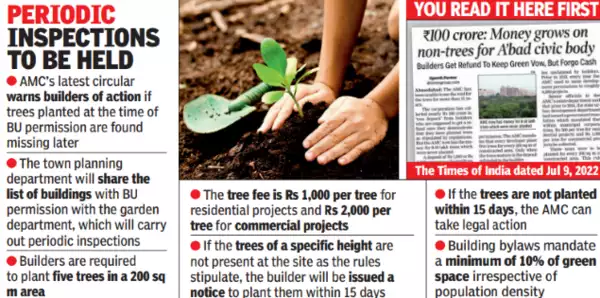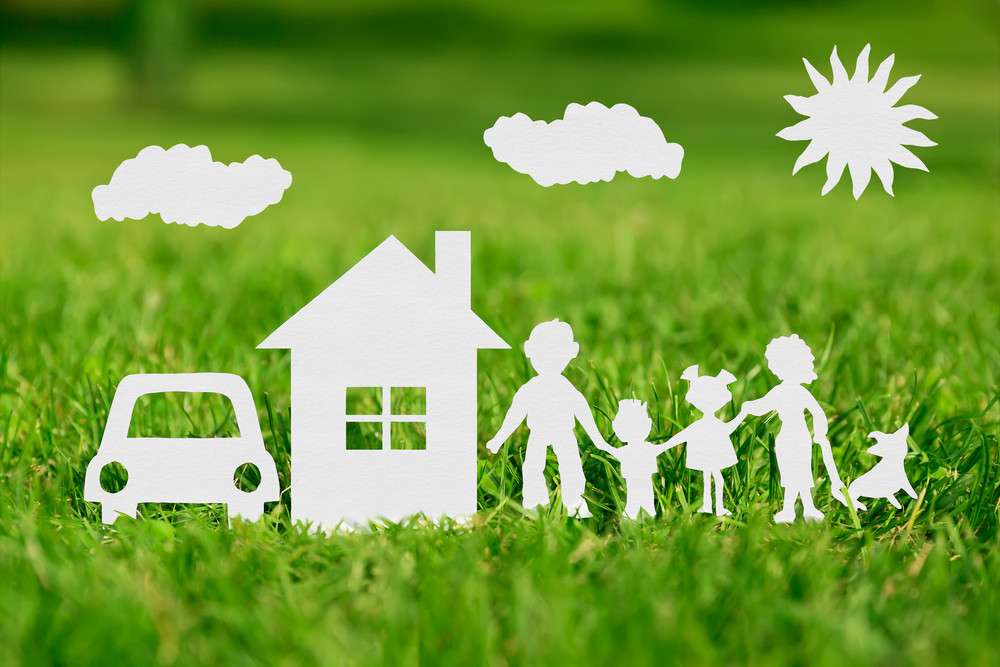As environmental concerns continue to mount, the need for sustainable and eco-friendly practices has become more pressing than ever. One industry that plays a significant role in shaping our environment is the construction sector. However, despite growing awareness and available technologies, many builders have failed to embrace green building practices. This failure to go green not only poses a threat to our planet but has also put entities like the AMC (Architecture and Metropolitan Council) in a state of frustration and concern.
The Importance of Green Building:
The Builders’ Reluctance:

Additionally, a lack of awareness and understanding of green building methods has contributed to the slow adoption. Many builders are accustomed to traditional construction practices and are hesitant to make changes. Insufficient training and limited access to information on sustainable techniques further exacerbate the issue.
The AMC’s Frustration:
The Architecture and Metropolitan Council (AMC), an influential governing body responsible for urban development and construction regulations, has expressed its deep concern over the lack of progress in embracing green building practices. The AMC recognizes that the construction sector plays a pivotal role in mitigating climate change and improving the quality of life for residents. However, the continued resistance to sustainable methods has frustrated the council.
The AMC has emphasized the urgency of adopting green building practices, not only to protect the environment but also to address the increasing demand for energy and the rising costs associated with traditional construction. The council understands that sustainable buildings are an investment in the future, ensuring a resilient and prosperous urban landscape.
The Way Forward:
To encourage builders to embrace green building practices, several measures can be taken. First, there is a need for comprehensive training programs and educational initiatives to raise awareness about the benefits of sustainable construction. Builders should be provided with resources, guidelines, and incentives to transition to eco-friendly methods.
Moreover, regulatory bodies, like the AMC, should consider implementing stricter guidelines and building codes that promote sustainable practices. This would compel builders to incorporate environmentally friendly techniques, ensuring that green building becomes the norm rather than the exception.

Conclusion:
The failure of builders to go green not only hampers our efforts to combat climate change but also threatens the long-term viability of our cities. The construction sector must recognize the urgency of adopting sustainable practices and actively work towards minimizing its environmental footprint. The AMC’s frustration is justified, as it strives to create a greener and more sustainable future for urban areas.
By embracing green building practices, builders can not only contribute to a healthier environment but also save costs in the long run. It is imperative that all stakeholders, including builders, regulatory bodies, and the public, collaborate to promote and implement sustainable construction methods. Only by doing so can we build a more sustainable future and ensure the well-being of generations to come.

